Pinching petunia
Pinching, or pinching, is a common agricultural technique. This operation is considered quite laborious, requiring accurate and painstaking work.
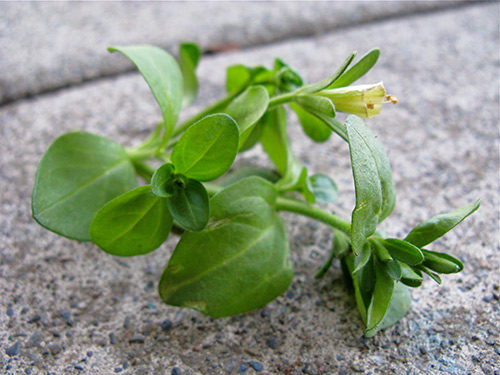
Is pinching of petunias really necessary and when should it be done? What results should you expect? Do all varieties need it?
What is the use of pinching?
Petunia begins to bloom only three months after germination. She, like any plant, directs its growth upward, towards light and solar heat. If given freedom, it will stretch until the stem can withstand the load and collapse. To avoid this, pinching is used - shortening the top of the central stem.
After cutting off the main trunk, a new growth point is formed, and the plant begins to form lateral processes. The number of branches on the bushes increases, which means that there are more buds. Petunia looks more lush and beautiful. Even the quality of flowering increases, which is very important for an ornamental plant.
But all this does not happen at once. In the first days after pruning, the development of buds is suspended for some time - the plant spends all its energy on building up green mass. But on the grown side shoots, new large buds are formed.
To get a lush and beautiful bush, petunia has to be pinched several times. And you need to start doing this already at the seedling stage.
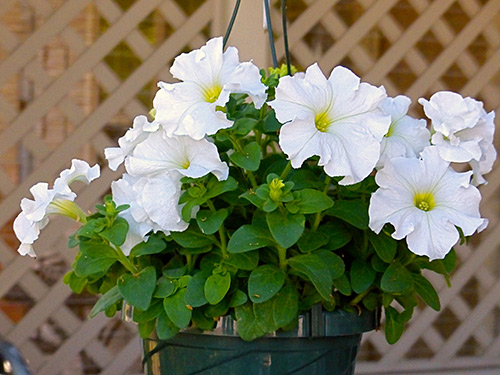
The first pinching is done when at least five true leaves are formed in petunia seedlings. Some experts advise to postpone this procedure until planting in open ground. But sometimes thermophilic annuals have to be kept indoors for a long time due to the cold spring weather. If you do not cut the tops in time, they will have time to stretch out so that it will be almost impossible to form compact bushes.
The second pinching is done about 25 to 30 days after the first. The ends of the lateral shoots that have already grown are shortened in order to force them to branch further. The cut off parts of the branches at this time can be used for rooting as cuttings - the vegetative propagation of petunias allows you to preserve all varietal characteristics.
All subsequent pruning, and they can be done almost every month, are optional and are made, rather, for decorative purposes.
Should you always pinch?
In addition to the fact that pinching is a laborious process, it significantly slows down the development of plants and postpones the start of flowering. Therefore, breeders have long been working on the development of new varieties that do not need this operation.
There are already such professional varieties of petunias. But they are quite expensive, and their seeds can only be obtained from specialized nurseries. Ordinary plants grown at home from cheap seeds must be pinched. If you do not do this, you will not be able to get lush flowering.
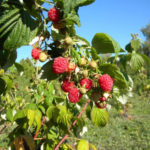
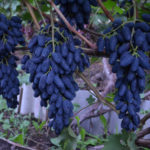
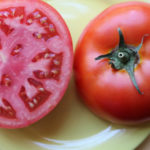
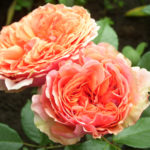





This year I decided to sow the multi-flowered hybrid petunia "La Gioconda Bright Scarlet" in flowerpots and put it on the window, albeit a bit late in the middle of June. The plants grew, but I didn't pay much attention to the pinching. As a result, a petunia grew with long stems, towards the end of which a flower could be seen. The appearance of this beautiful flower was, shall we say, pathetic.
And so I decided to cut off all the shoots, leaving only 10 cm of their length. With proper feeding, after a week the plant began to look better, and after two it was completely covered with flowers. So in pinching the petunia, do not be compassionate, and she will thank you with lush flowering.